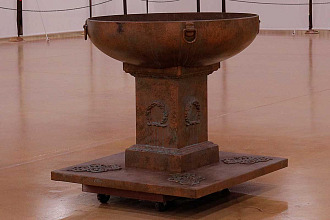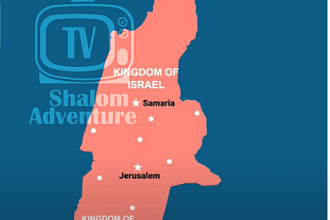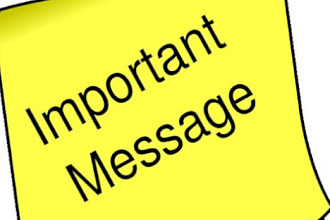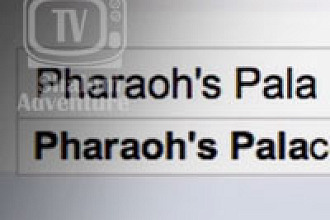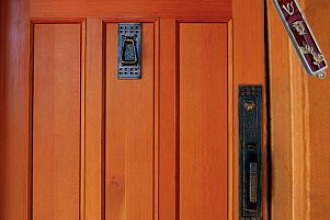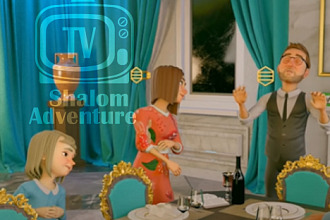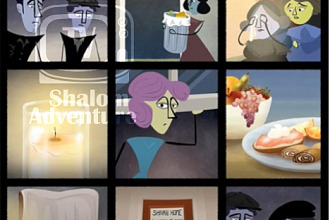The Hebrew Scriptures, also known as the Tanak contains 39 books divided into 3 sections. The word TaNaK is an acronym: “T” for Torah, N for navi’im, the Hebrew word for prophets, and K for k’tovim, the Hebrew word for writings.
The first section, the Torah, or in Greek the Pentateuch, was written by Moses and contains 5 books, Genesis, Exodus, Leviticus, Numbers, and Deuteronomy. The Second section is Navi’im or prophets. The Jewish prophets Isaiah, Zechariah, and Ezekiel are among the 21 books in this section. Many of these books contain prophecies concerning the Messiah. The third section, the K’tovim or writings, is comprised of 13 books. This section includes Ecclesiastes and Proverbs, written primarily by King Solomon, and the Psalms written primarily by King David. The book of Daniel, while very prophetic, also contains numerous historical accounts and is included in the “writings” section instead of the “prophets” section.
It is interesting to note that these same 39 books are the exact books used in the Christian Bible (although in a different order) usually under the title Old Testament. What is usually called the New Testament refers to 27 books written by the followers of Y’shua. These additional books are filled with quotes, illustrations, and analogies taken directly from the TaNaK. At times in this book, Jewish Discoveries, the TaNaK, or Hebrew Scriptures, is referred to as the first part of the Bible while the writings of the followers of Y’shua are referred to as the second part of the Bible.
If all the quotes, illustrations, and analogies from the Hebrew Scriptures were removed from the second part of the Bible there would not be much left. The Hebrew Scriptures prophesy and the second part of the Bible confirms those prophecies. If you have never read the entire Holy Scriptures, I highly recommend it. It can be purchased at many bookstores under the titles of Holy Scriptures or the Bible.
Originally from: Jewish Discoveries by Jeff Zaremsky, pages 150-151, which contains a total of 22 fascinating chapters of biblical history and lessons plus 25 rich Jewish tradition sections, and 27 powerful testimonies, with over 40 beautifully rendered professional works of art all on over 300 jam packed pages. You can own this treasure by visiting www.Jewishheritage.net
Picture by Pete unseth from here
Posted on Shalom Adventure by Barbara Zaremsky


